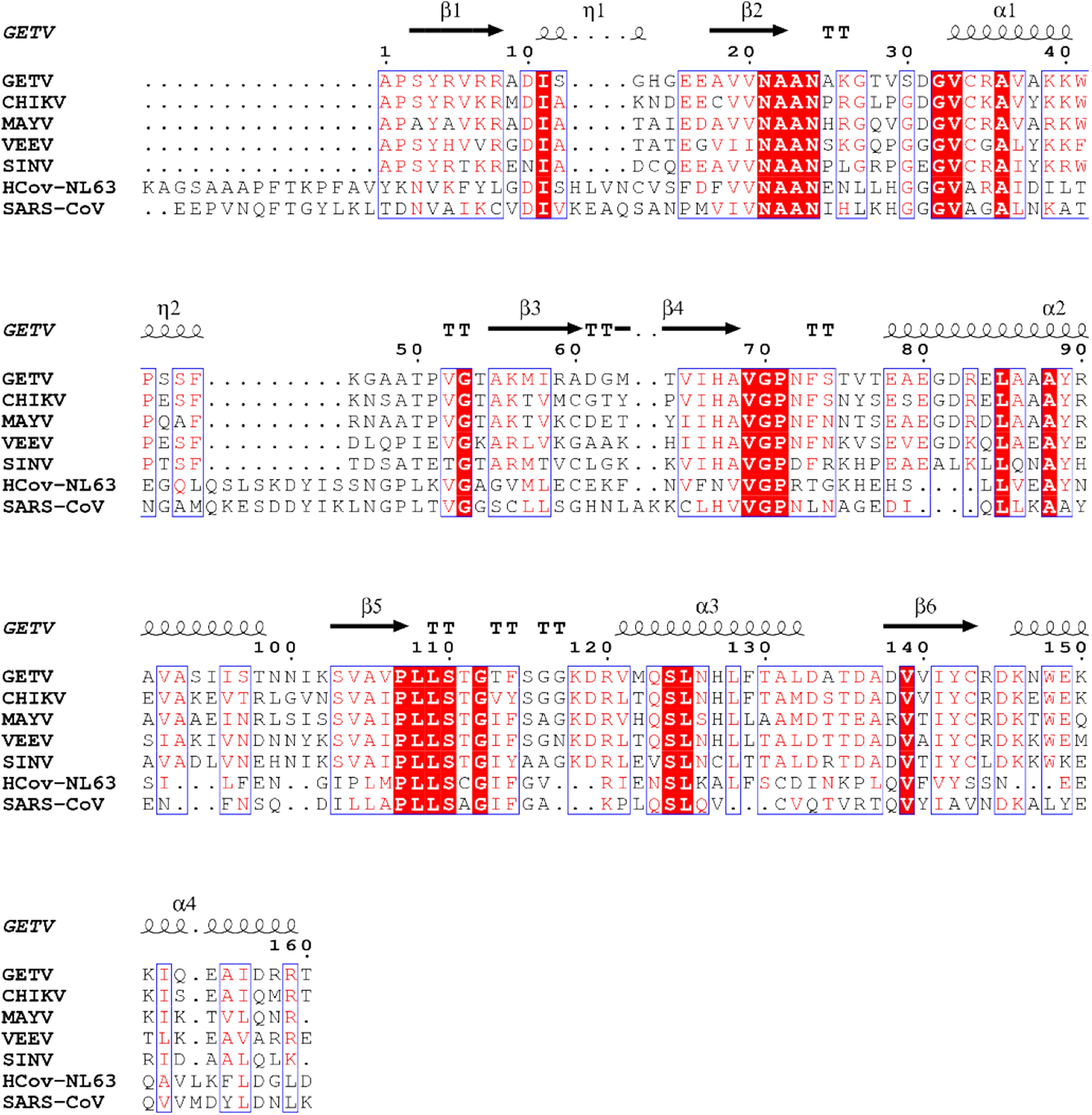

Proteomic and transcriptomic techniques can reveal some complex regulatory networks in response to environmental stresses in bacteria. Several studies reported adaptation of LAB to environmental stresses ( De Angelis and Gobbetti, 2004 Muruzović et al., 2018 Mbye et al., 2020 Yang et al., 2021). These factors can induce oxidative stress in probiotics leading to formation of reactive oxygen species (ROS), changes in protein and metabolic functions which cause impairment of probiotic properties ( Serrazanetti et al., 2009). Beneficial effects of probiotics and their counts can decrease due to several environmental stresses such as heat, cold, osmosis, high pressure, acid, and salt. Most of the probiotics are consumed from dairy based foods but non-dairy based probiotic foods have several benefits they are suitable for vegetarians, provide protection from dairy based food allergens, provide less cholesterol to consumers of cardiovascular disease, enhance the nutritional properties of non-dairy foods, and prevent spoilage of meat based foods through pathogen inhibition ( Min et al., 2019). The selection of probiotics for their health benefits needs careful consideration through scientific evidence. Probiotic lactic acid bacteria (LAB) are important for food industry as they are commonly used for fermentation of food, beverages and dairy ( Mbye et al., 2020). Several mechanisms behind these beneficial properties of probiotics have been proposed but still need to be verified through molecular studies. They causes reduction in lactose intolerance, exert protection against colon cancer, promote modulation of immune functions, increase calcium absorption and maintain blood cholesterol levels ( Nagpal et al., 2012). Probiotics are known to provide protection against several diseases such as irritable bowel syndrome, diarrhea and gut inflammation, as well as maintaining the intestinal microflora and provide protection against gastric and gut pathogens such as Helicobacter pylori ( Min et al., 2019). The gut microbiota of humans and animals plays key roles in regulation of nutrition, physiology, metabolism and immunity ( Azad et al., 2018). pentosaceus M41 against different stress conditions. The differential expression of these proteins might be responsible for tolerance and protection of P.

Proteins such as polysaccharide deacetylase, lactate oxidase, transcription repressor NrdR, dihydroxyacetone kinase were upregulated under three out of the four stress conditions. These proteins were involved in different biological functions such as translation-related proteins, carbohydrate metabolism (phosphoenolpyruvate phosphotransferase), histidine biosynthesis (imidazole glycerol phosphate synthase) and cell wall synthesis (tyrosine-protein kinase CapB). Out of 60 identified proteins, 14 upregulated and 6 downregulated proteins were common among all the stress conditions. Proteomic analysis was carried out using 2D-IEF SDS PAGE and LC-MS/MS. Pediococcus pentosaceus M41 was exposed for 2 h to each condition: 50☌ (heat stress), 4☌ (cold stress), pH 3.0 (acid stress) and 0.05% bile (bile stress). We identified stress response proteins that could provide tolerances against these stresses and could be used as probiotic markers for evaluating stress tolerance. In this study, we have evaluated the differential proteomic responses of a potential novel probiotic Pediococcus pentosaceus M41 under heat, cold, acid, and bile stress conditions. Probiotics containing functional food confer health benefits in addition to their nutritional properties. 5Food and Nutritional Science, School of Biological Sciences, The University of Hong Kong, Pokfulam, Hong Kong, SAR China.4Department of Nutrition and Food Technology, Jordan University of Science and Technology, Irbid, Jordan.3Department of Food Science and Technology, Faculty of Science, National University of Singapore, Singapore, Singapore.2School of Agriculture and Food Sciences, The University of Queensland, Brisbane, QLD, Australia.1Department of Food Science, College of Agriculture and Veterinary Medicine, United Arab Emirates University, Al Ain, United Arab Emirates.


 0 kommentar(er)
0 kommentar(er)
